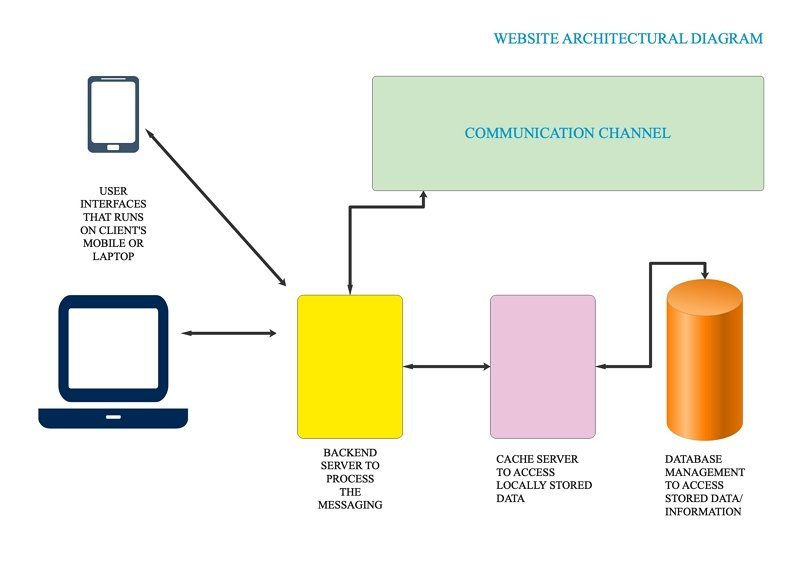

Testing may determine if average people can passively commit geometric diagrams into their spatial memories for using a building. One example for symbolism could be Daniel Libeskind’s Jewish Museum in Berlin, which maintains its overall massing as a distorted Star of David, then becomes misaligned and slashed by linear extrapolations from various locations of Jewish culture in the city. It is worth investigating whether there may be some correlation between such a symbolic reference and a building’s relative success for neurological interpretation. But, there is an important distinction between designing for the memory of a user in regards to expected architectural typology and designing for a particular behavioral response.īuildings are frequently envisioned by Architects to respond to symbolic imagery that may aptly be considered to be a functioning part of a person’s visual memory. Since the purpose of this research is specific to the application of diagramming as a tool, it is safest to leave behavioral research to the expertise of organizations like ANFA. Essentially, all architecture is in some manner “hopeful” of its usage in responding to forecasted human behavior. It is always tricky territory for Architects to create diagrams and their resultant forms that we hope will lead to better programmatic usage and comfort.
Simple diagrams in architecture series#
Colin Rowe was a frequenter of this type of diagram, and Peter Eisenman employed a series of analytical diagrams when generating his house plans during the earlier part of his career. This is primarily a mathematical exercise, evaluating standard architectural elements: column, floor, wall, and roof. Typically, these types of diagrams are in search of patterns to reveal spatial divisions or some other spatial device such as phenomenal transparency.


We can also evaluate both the historical utilization of this architectural technique and its implementation in more recent examples.Īnalytical diagrams are frequently created post-construction or post-concept, to either compare or explain the spatial qualities of a particular piece of architecture. In Peter Eisenman’s book Diagram Diaries, theorist Robert Somol explains the unique character of what defines a diagram: “it appears in the first instance to operate precisely between form and word,” and it is primarily “a performative rather than a representational device.” To understand the potential of utilizing diagrams to create responsive forms, we can assess the classification, characteristics, and the evaluation criteria of their application. Many architects have been experimenting with this technique without specifically identifying the neurological research implications. By the agency of contextual learning, a building’s users should be able to determine their route and occupation of a space without the need to have a floorplan or view copious signage. What if we could harness the power of diagramming to make a building appeal directly to human neurological processing? By inserting an honest exploration of diagram to control geometric forms via analysis of program, circulation, context, and environment, we can potentially organize architectural geometry to more effectively coordinate with expected human responses, our collective visual memories, and cognitive mapping. The Diagram is an architectural design tool that operates between conceptual ideas and resultant geometry, between design intent and a building’s shape. It was summarized as below for the Poster. The following Paper was accepted to be presented as a “Poster Presentation” at this year’s ANFA Conference (Academy of Neuroscience for Architecture) September 22-24, 2016.


 0 kommentar(er)
0 kommentar(er)
